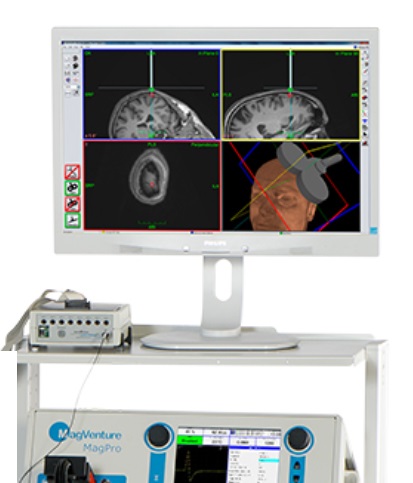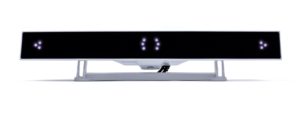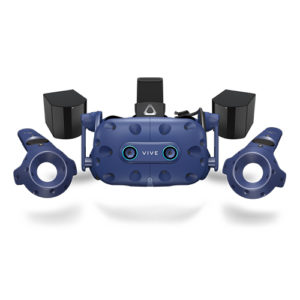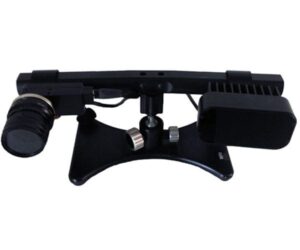ABOUT EQUIPMENT AND LABORATORY METHODS
At the moment, we have at our disposal two modern laboratory facilities for conducting electrophysiological studies. Both are located in the building of the Faculty of Psychology of St. Petersburg State University, which occupies a convenient location in the city center.

Multichannel EEG system
Electroencephalography is a method that allows to evaluate the electrical activity in the brain. The method of evoked potentials (EP) – is the most commonly used way to study the functions of the sensory systems of the brain (somatosensory, visual, auditory) as well as the systems responsible for cognitive processes. Evoked potential is an electrophysiological response of the brain which comprises a collective response of the brain structures to the presentation of a stimulus of some sort of sensory modality. This method is actively used in cognitive neuroscience, cognitive psychology and psychophysiology.

BrainStim
Transcranial direct current stimulation (tDCS) was initially developed as a way to facilitate rehabilitation for various pathologies of the central nervous system, and now is one of the universal methods used for non-invasive brain stimulation (NIBS). The BrainStim Stimulator is programmed with special software and connects to the computer by Bluetooth. The desired protocol is created on the screen and saved for further use in the experiments.

Polhemus Fastrak
Polhemus Fastrak allows to obtain the coordinates of the electrodes in space and the points of the surface of the head. This, in turn, makes it possible to combine an MRI image of the head and brain with the real location of the electrodes on the surface of the head. This leads to creating a 3D model of all electrode locations with respect to the head surface. Further processing allows one to superimpose the head surface obtained from the MR images with that acquired using Fastrak digitisation procedure, which, in turn, allows the interpolation of the position of the electrodes over the real cerebral cortex. Ultimately, these procedures allow modelling the cortical sources of activity on the grey matter surface with a high accuracy (less than 1 mm).

Unit for combined EEG-tDCS “Neurovisor-36T”
This unit is a latest technological breakthrough designed to register the bioelectrical activity of the brain while at the same time targeted neurostimulation techniques. At the moment this equipment is used exclusively at our lab.

Transcranial magnetic stimulation (TMS) system
The Transcranial magnetic stimulation (TMS) system includes two parts: The MagPro Compact and Localite TMS (Transcranial Magnetic Stimulation) Navigator.
The MagPro Compact is designed for non-invasive stimulation of the chosen brain areas using the short magnetic impulses of high amplitude. Localite TMS Navigator is a navigation system for TMS which is integrated with MagVenture’s TMS equipment. It is used in neurocognitive research for establishing the causal relationships between the stimulated brain areas and their functions, e.g. speech function.

LiveAmp-32
LiveAmp-32 is an ultra-lightweight, wearable amplifier designed for long-term recording and wireless collection of up to 32 EEG channels. As it is wireless and allows to store the data internally (exchangeable memory card), there are no mobility limitations. LiveAmp system provides the ability to conduct research in a natural environment.

Eye tracker GazePoint3 60 Hz
The Gazepoint GP3 fixed-position 60Hz remote eye tracker recognises and records the paths and places of fixing the gaze in viewing visual information. The equipment is suitable for working with images, videos, texts, websites and applications. The sampling rate for GP3 is 60 Hz. The software allows 5- or 9-point calibration. GP 3 Eye Tracker is used for research, marketing, medical purposes, and also as an assistive technology.

VIVE Pro Full Kit
VIVE Pro Full Kit allows tracking and analyzing eye movement, attention and gaze in virtual reality format. Resolution of the screen – 1080 x 1200 pixels per eye (2160 x 1200 pixels combined), refresh rate – 90 Hz, field of view – 110 degrees. The equipment allows tracking the direction of the gaze, the location of the pupil, the size of the pupil, the degree of openness of the eye. VIVE Headset and 3D Spatial sound create realistic graphics complemented by real-time sound.

The EyeLink 1000 Plus eye tracker (SR Research)
The EyeLink 1000 Plus is an accurate video-based eye tracker, sampling binocularly at up to 2000 Hz. These characteristics allow low spatial noise and high sampling rates, in both head, supported, and head free-to-move Remote Mode. The EyeLink 1000 Plus smoothly integrates with SR Research Experiment Builder, Data Viewer, WebLink, and third-party software and tools including E-Prime, Presentation, MATLAB, and Psychtoolbox, etc., which makes it possible to carry out complex neurolinguistic studies.

